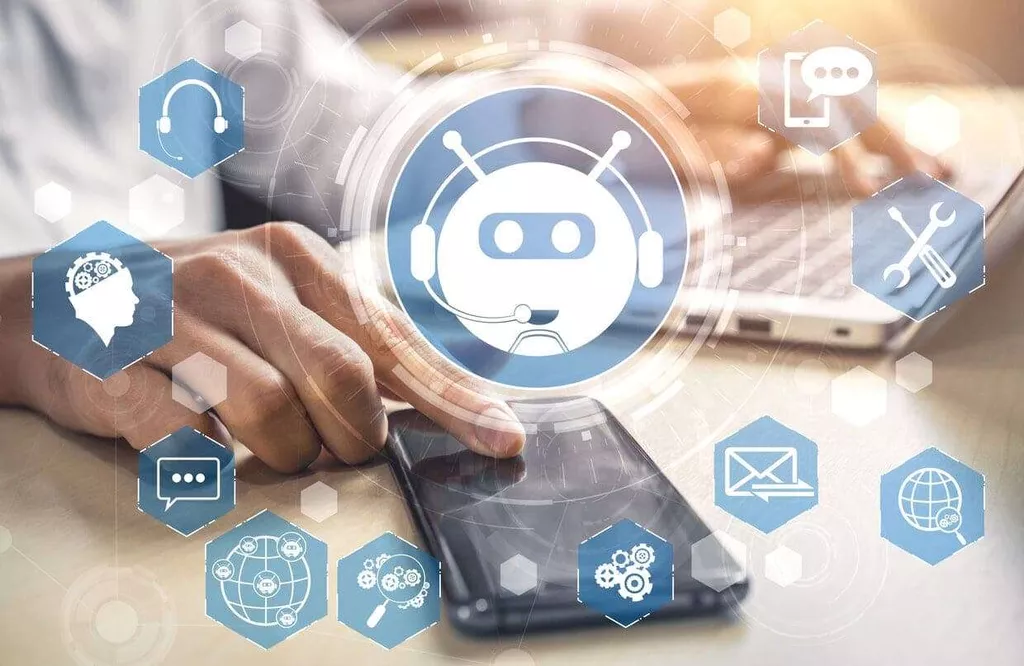Elon Musk says Neuralink has implanted its first brain chip in human Elon Musk
The Development and Use of Chatbots in Public Health: Scoping Review PMC
Bella, one of the most advanced text-based chatbots on the market advertised as a coach for adults, gets stuck when responses are not prompted [51]. Given all the uncertainties, chatbots hold potential for those looking to quit smoking, as they prove to be more acceptable for users when dealing with stigmatized health issues compared with general practitioners [7]. From enhancing patient experience and helping medical professionals, to improving healthcare processes and unlocking actionable insights, medical or healthcare chatbots can be used for achieving various objectives. Poised to change the way payers, medical care providers, and patients interact with each other, medical chatbots are one of the most matured and influential AI-powered healthcare solutions developed so far. Chatbots were found to have improved medical service provision by reducing screening times [17] and triaging people with COVID-19 symptoms to direct them toward testing if required.

One in every twenty Google searches is about health, this clearly demonstrates the need to receive proper healthcare advice digitally. While there are some challenges left to be addressed, we’re more than excited to see how the future of chatbots in healthcare unfolds. We’ve already discussed the role of top health chatbots, but what are their use cases? Well, you can find anything from a chatbot for medical diagnosis to chatbots for mental health support. With all the disadvantages of chatbots in healthcare, it’s crucial to look at the good side as well.
Collect feedback from patients
Chatbots are integrated into the medical facility database to extract information about suitable physicians, available slots, clinics, and pharmacies working days. There are also one transgender chatbot, one where gender is randomly assigned, and one where the user can choose the gender. People can add transactions to the created expense report directly from the bot to make the tracking even more accurate. Depending on the relevance of the report, users can also either approve or reject it.

The next classification is based on goals with the aim of achievement, subdivided into informative, conversational, and task based. Response generation chatbots, further classified as rule based, retrieval based, and generative, account for the process of analyzing inputs and generating responses [16]. Finally, human-aided classification incorporates human computation, which provides more flexibility and robustness but lacks the speed to accommodate more requests [17]. Chatbots were designed either for the general population (35 cases) or for a specific population (17 cases). The general population audience could be as broad as the world (e.g., the WHO chatbot) or a country (e.g., the CDC chatbot in the United States).
Chatbots in Healthcare: Six Use Cases
Your doctors are exhausted, patients are tired of waiting, and you are at the end of your tether trying to find a solution. It is safe to say that as we seem to reach the end of the tunnel with the COVID-19 chatbot healthcare use cases pandemic, chatbots are here to stay, and they play an essential role when envisioning the future of healthcare. Reaching beyond the needs of the patients, hospital staff can also benefit from chatbots.
What can ChatGPT do for healthcare? – YourStory
What can ChatGPT do for healthcare?.
Posted: Mon, 29 May 2023 07:00:00 GMT [source]
With psychiatric disorders affecting at least 35% of patients with cancer, comprehensive cancer care now includes psychosocial support to reduce distress and foster a better quality of life [80]. The first chatbot was designed for individuals with psychological issues [9]; however, they continue to be used for emotional support and psychiatric counseling with their ability to express sympathy and empathy [81]. A study performed on Woebot, developed based on cognitive behavioral therapy, showed that depressive symptoms were significantly reduced, and participants were more receptive than in traditional therapies [41]. This agreed with the Shim results, also using the same type of therapy, which showed that the intervention was highly engaging, improved well-being, and reduced stress [82].
Recommended health care components for the different types of chatbots.
This can save you customer support costs and improve the speed of response to boost user experience. AI chatbots with natural language processing (NLP) and machine learning help boost your support agents’ productivity and efficiency using human language analysis. You can train your bots to understand the language specific to your industry and the different ways people can ask questions.

